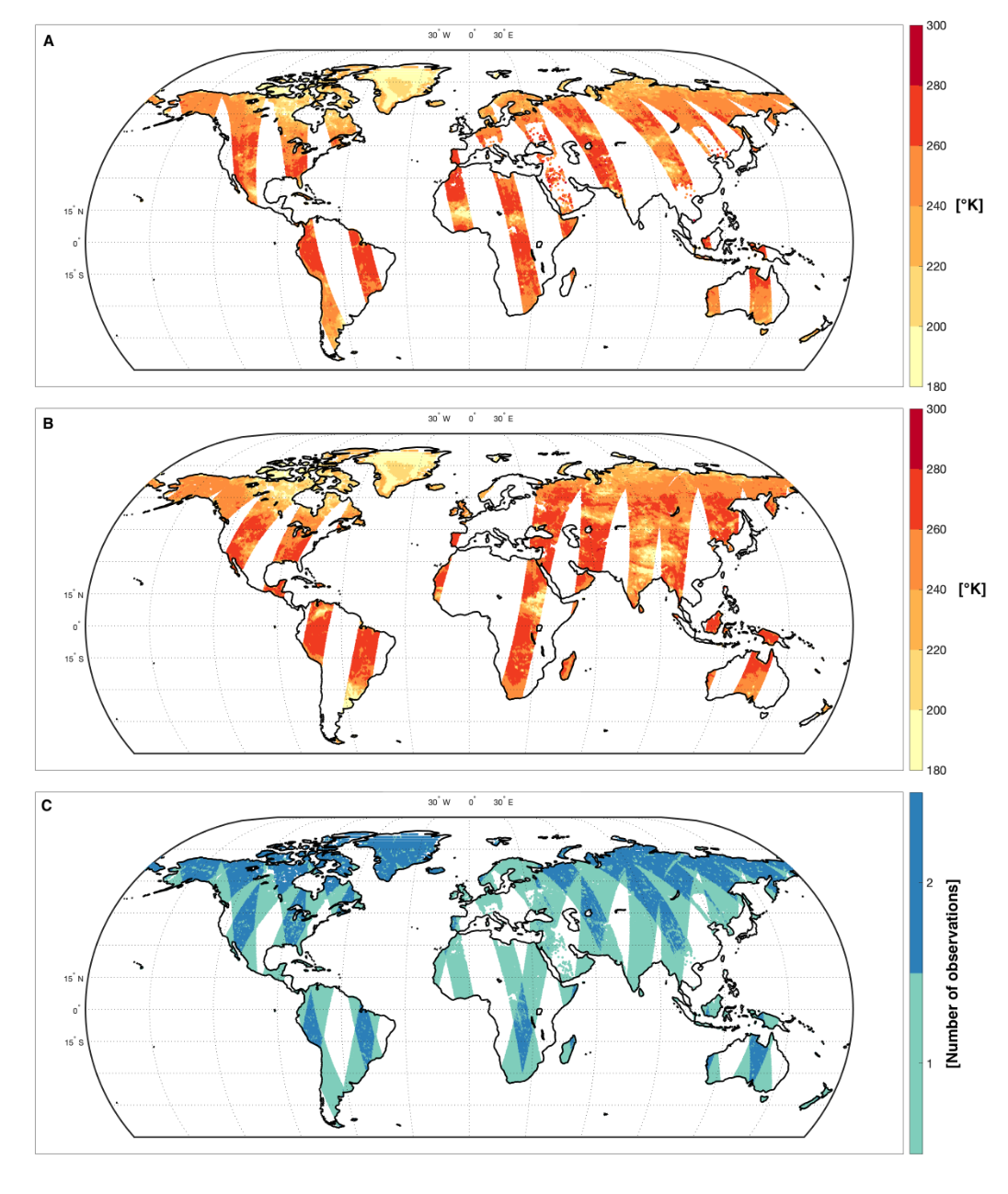SMAP
Type of resources
Available actions
Topics
Keywords
Contact for the resource
Provided by
Years
Formats
Representation types
Resolution
-

The SMOS Level-4 SMAP Compatible Brightness Temperatures (BT) product provides an unbiased version of the SMOS Level-3 BT with respect to the SMAP Enhanced Level-3 BT. This data set is self-sufficient but it can also be used along with the SMAP Level-3 Enhanced BT for applications for which spatial coverage and revisit frequency of the BT measurements are essentials.
-

10 years of L-Band remote sensing Sea Surface Salinity (SSS) measurements have proven the capability of satellite SSS to resolve large scale to mesoscale SSS features in tropical to subtropical ocean. In mid to high latitude, L-Band measurements still suffer from large scale and time varying biases. Here, a simple method is proposed to mitigate the large scale and time varying biases. First, in order to estimate these biases, an Optimal Interpolation (OI) using a large correlation scale is used to map SMOS and SMAP L3 products and is compared to equivalent mapping of in situ observations. Then, a second mapping is performed on corrected SSS at scale of SMOS/SMAP resolution (~45 km). This procedure allows to correct and merge both products, and to increase signal to noise ratio of the absolute SSS estimates. Using thermodynamic equation of state (TEOS-10), the resulting L4 SSS product is combined with microwave satellite SST products to produce sea surface density and spiciness, useful to fully characterize the surface ocean water masses. The new L4 SSS products is validated against independent in situ measurements from low to high latitudes. The L4 products exhibits a significant improvement in mid-and high latitude in comparison to the existing SMOS and SMAP L3 products. However, in the Arctic Ocean, L-Band SSS retrieval issues such as sea ice contamination and low sensitivity in cold water are still challenging to improve L-Band SSS data.
 Catalogue PIGMA
Catalogue PIGMA